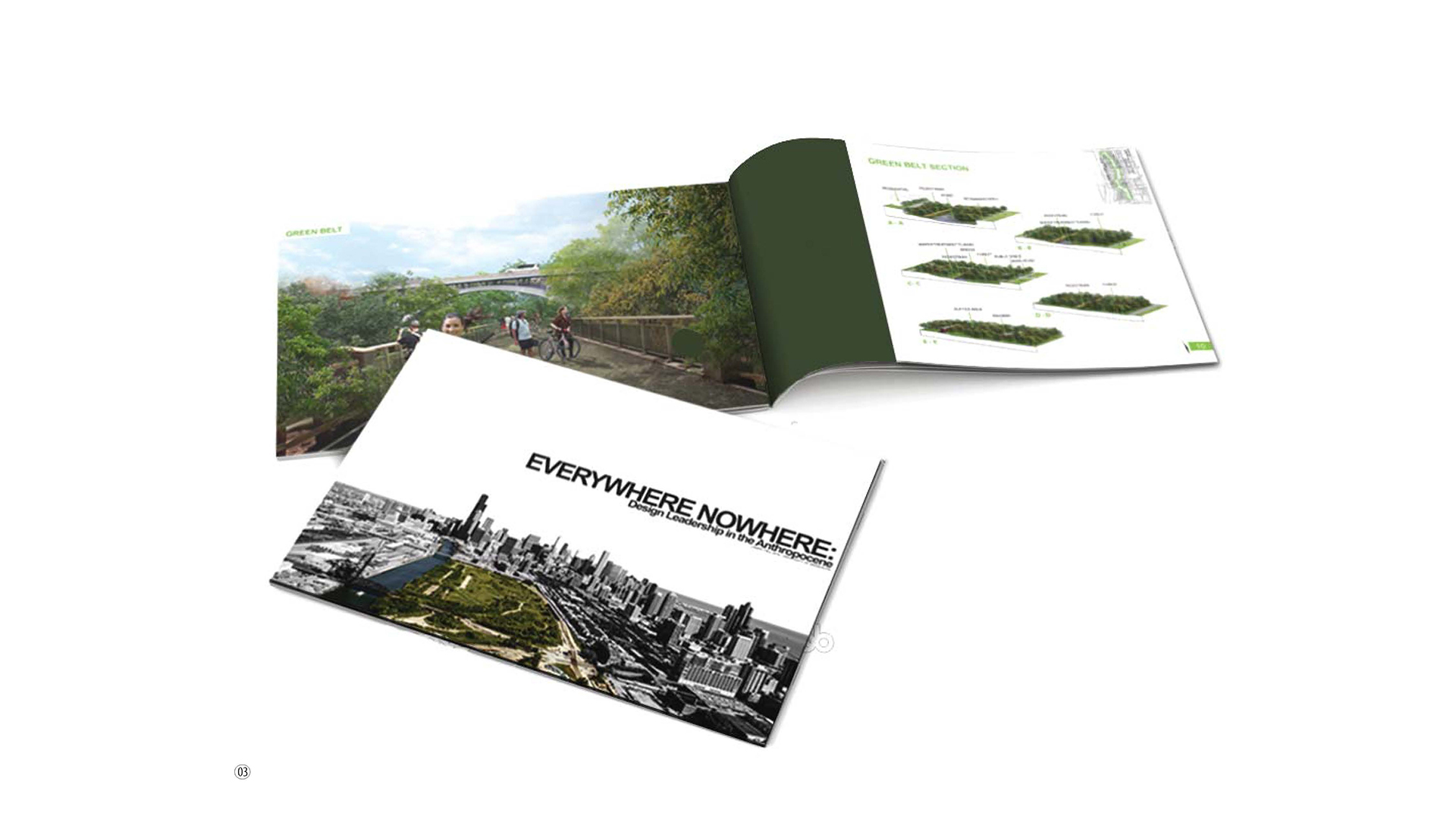
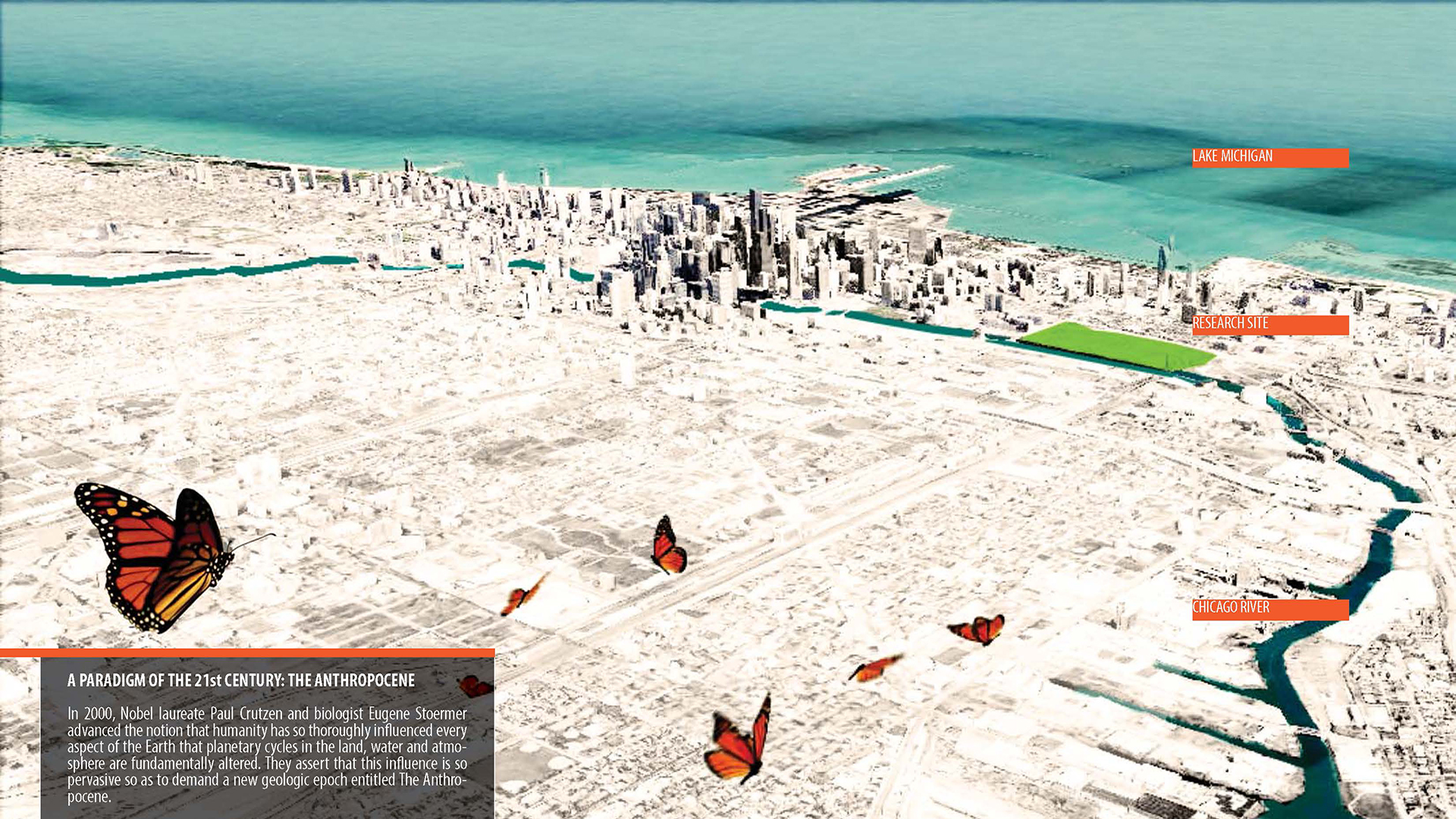
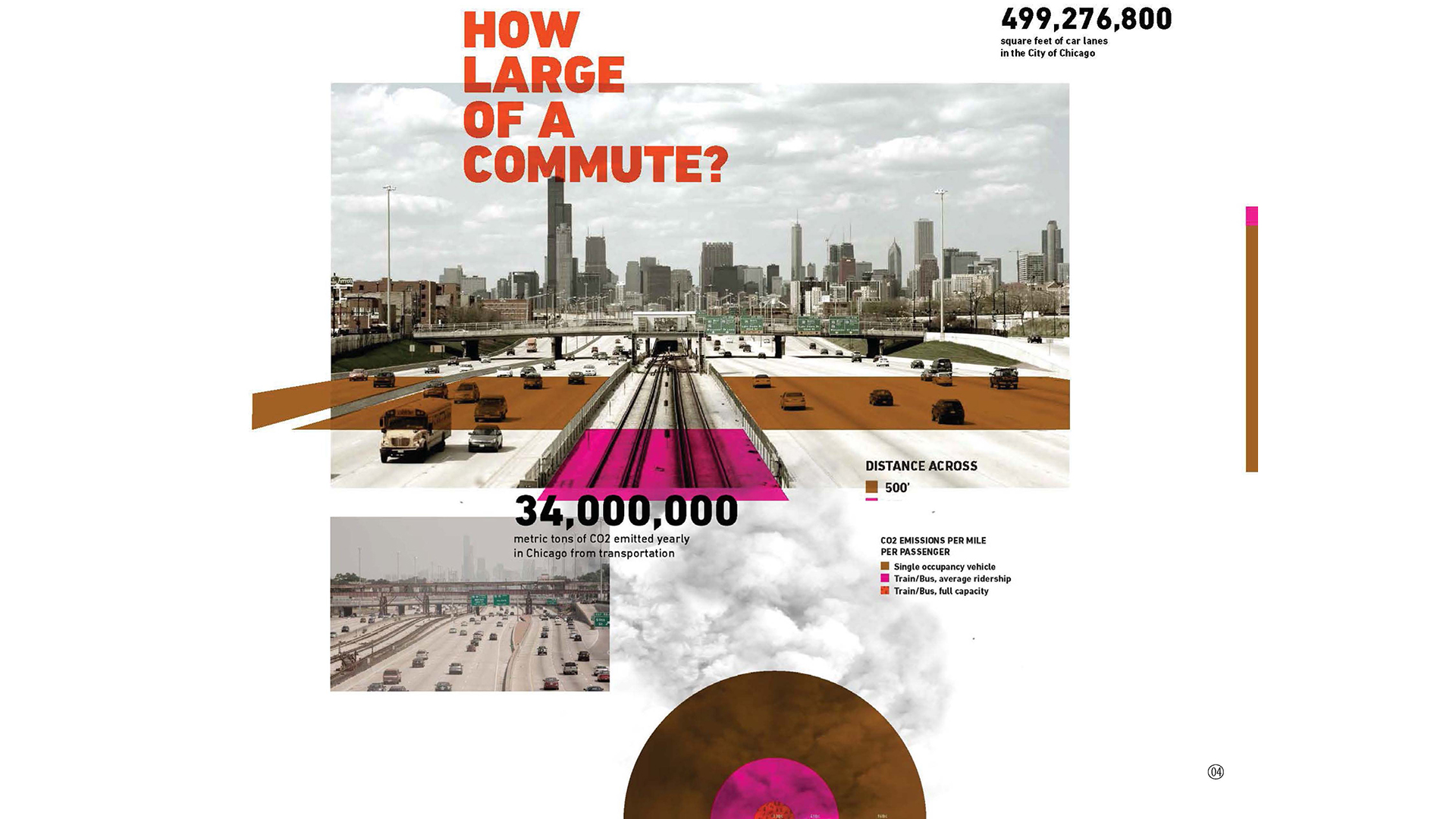

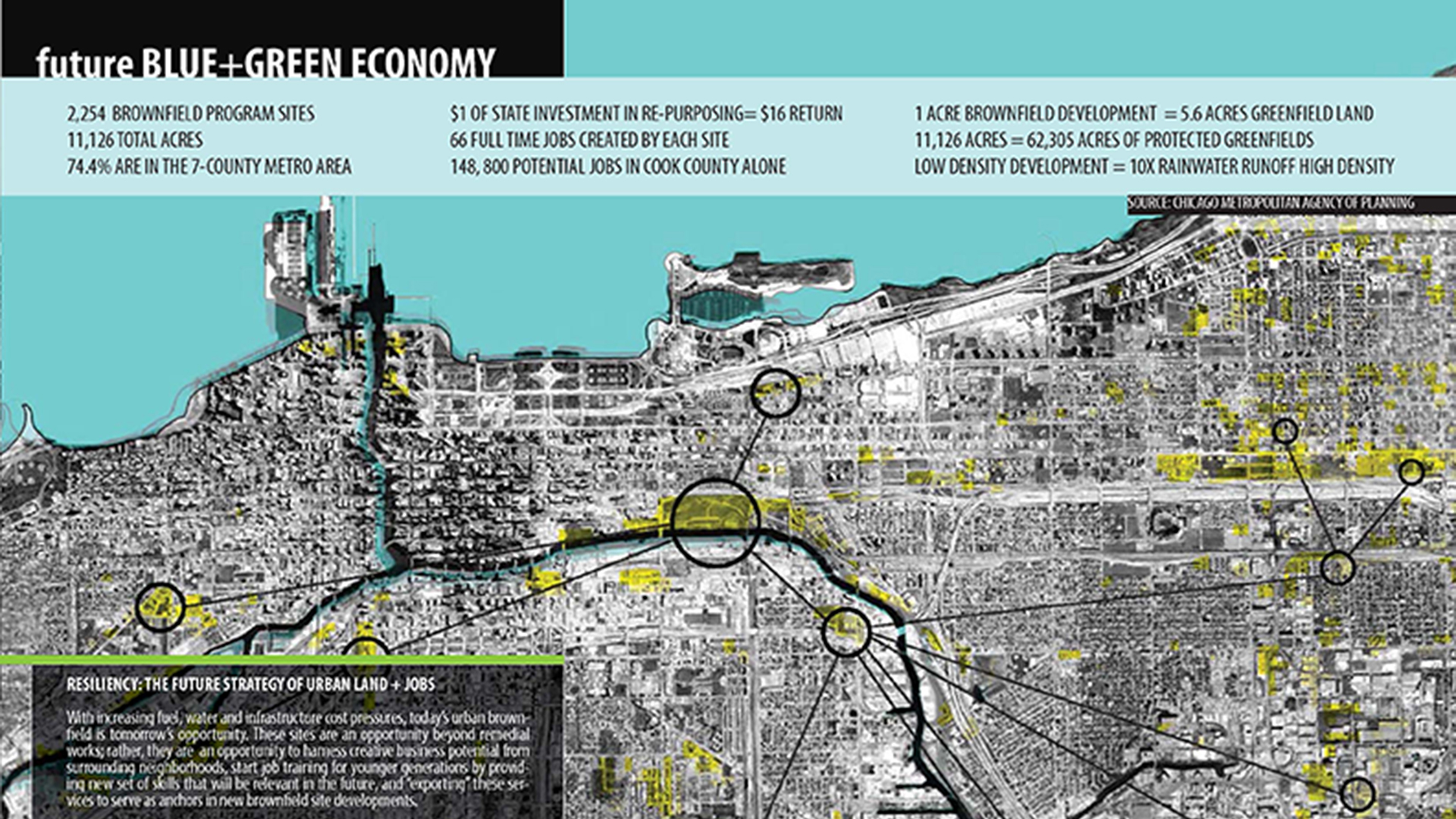
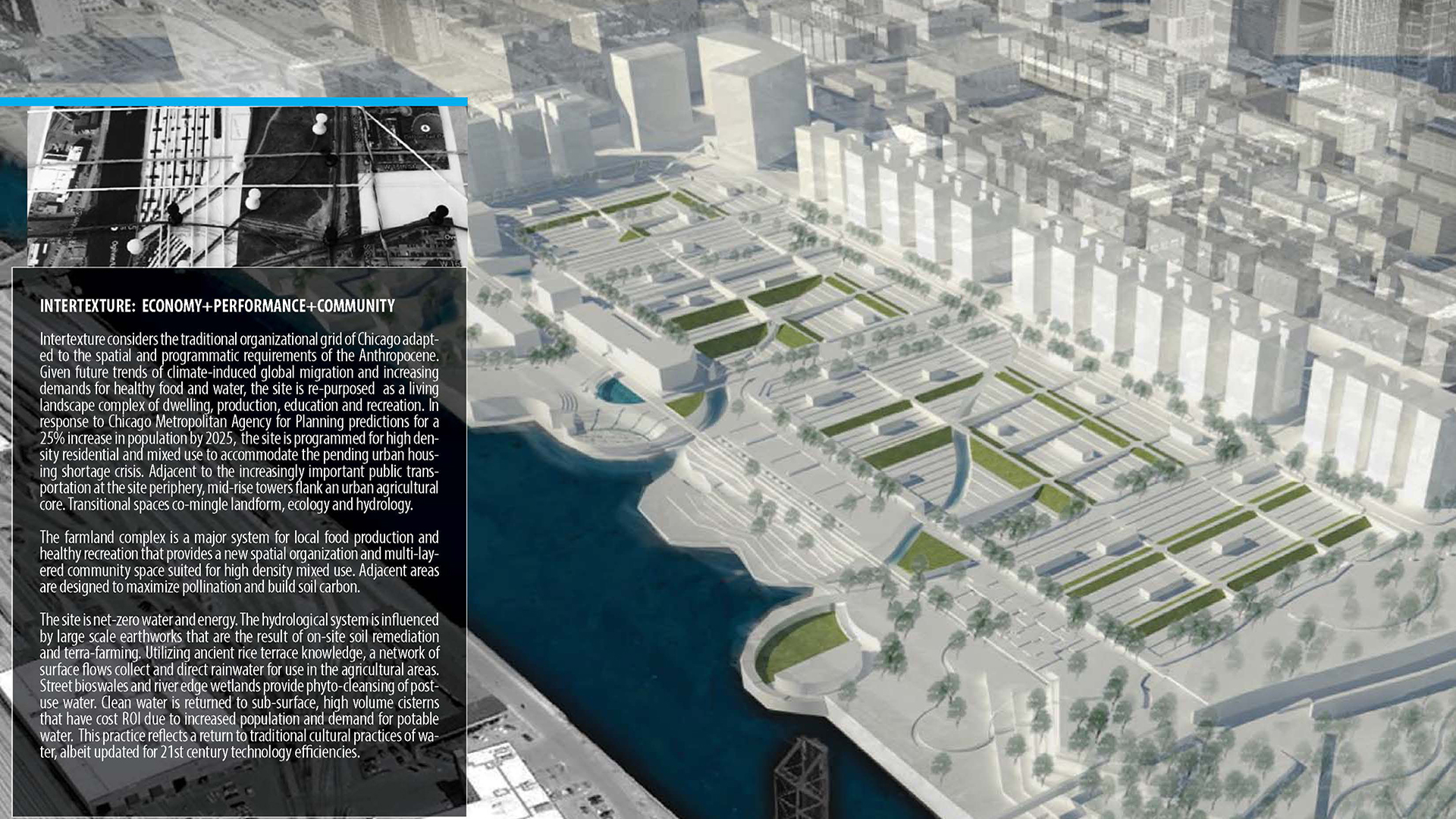
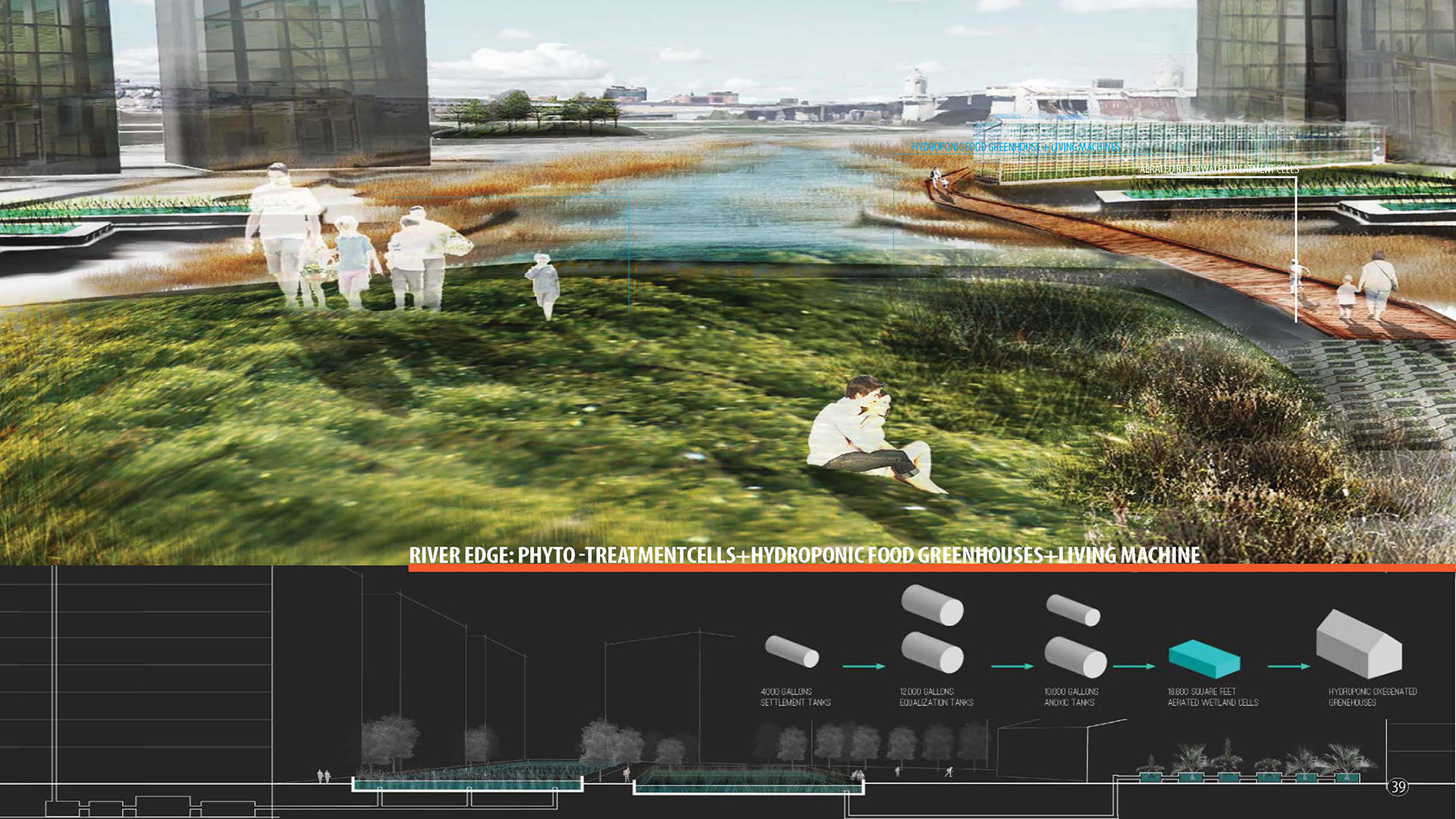

LA8201 Everywhere Nowhere: Chicago
University of Minnesota Department of Landscape Architecture. Fall 2014.
Instructors:
Matthew Tucker, ASLA
Assistant Professor, Department of Landscape Architecture
John Koepke, ASLA
Professor, Department of Landscape Architecture
Pressing issues related to the complex challenges of the 21st century are of increasing importance to society and our future generation of landscape architects. These issues of “massive change” include- but are not limited to: climate change and migration, rapid species extinction, peak-oil and peak-water, river and coastal flooding, urban heat islands, non-resilient infrastructure, food insecurity, soil/water contamination, and environmental injustice. Within the sciences the extent of human change to Earth’s bio-physical environment is now recognized to be so pervasive that it warrants a new geological epoch entitled the Anthropocene. Given this startling context, a paradigm change in the planning and design of the physical environment is required. 20th century landscape architecture idioms and terminology- along with the resulting patterns of urban settlement- appear to be increasingly strange and outdated at varying scales. This discordance is increasingly evident from the perspective of the upcoming generation of globally connected, mobile-networked future landscape architects.
The emerging issues of the early 21st century necessitate an aggressive and future-oriented shift to expand the boundaries and increase relevancy of landscape architectural practice. In response, the LA8201 studio’s research project seeks to test and advance a future practice model equipped for new visions of urban settlement and grounded in the emerging realities of the 21st century, most notably that of the Anthropocene. For 2014, LA8201 studied these issues utilizing a 63-acre brownfield located in Chicago, Illinois in the South Loop neighborhood bordering the Chicago River. The site is within walking distance of the Loop, Lake Michigan and Chinatown. The site presents a robust feral ecosystem despite latent soil and groundwater contamination originating from its railyard past. The site has no remaining above ground structures, but foundations and floors of former warehouses, grail elevators and streets remain as intermittent features.